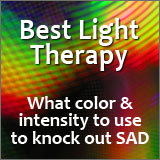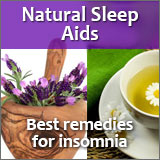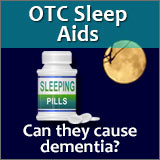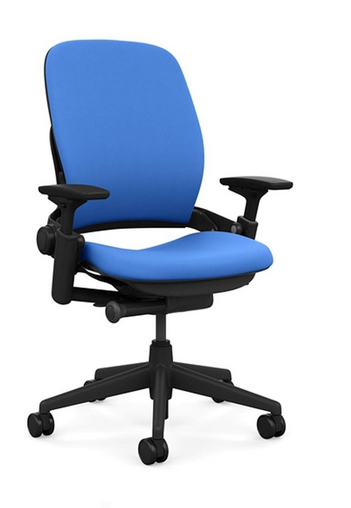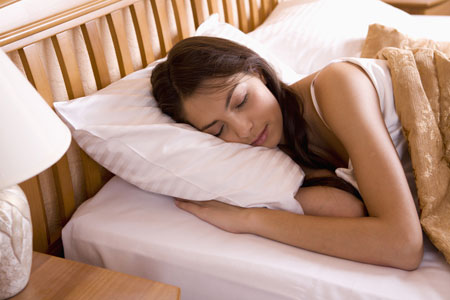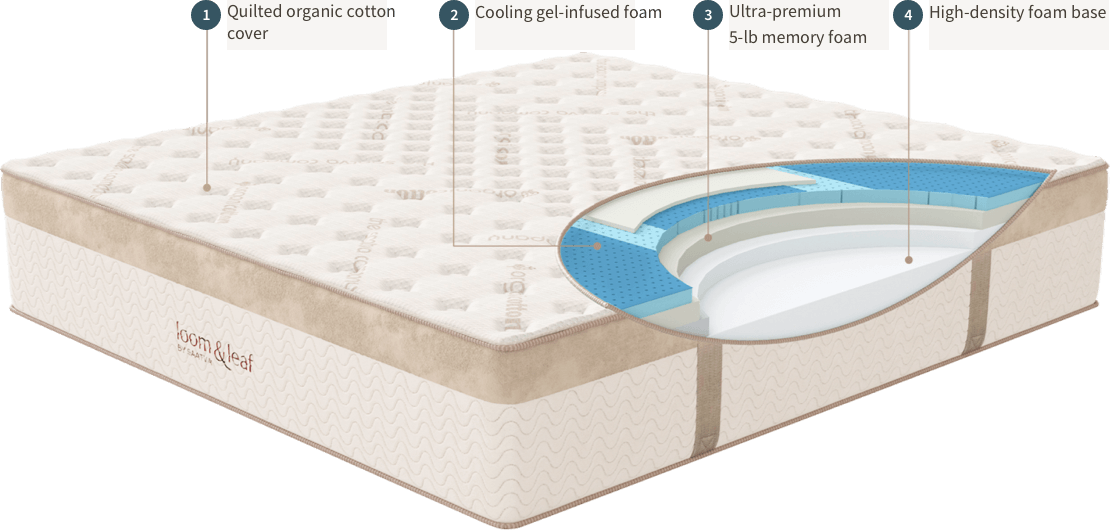Extreme Teen Night Owls: Delayed Sleep Phase Syndrome
When it comes to sleep, teens are vulnerable to delayed sleep phase syndrome (DSPS).
This is a circadian rhythm sleep disorder, meaning that it affects the body's internal clock. DSPS is also known as delayed sleep phase disorder (DSPD).
In my previous articles on teen sleep— Get Some Sleep Teen, 16 Dangers of Teen Sleep Deprivation Part 1, and 16 Dangers of Teen Sleep Deprivation Part 2 —I did not get into this important topic. That's because only about 7% of teens have DSPS.
However, it is crucial for parents and teens to be aware of it.
What Is Delayed Sleep Phase Syndrome?
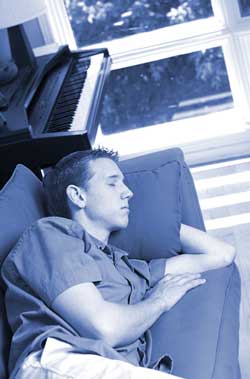
DSPS is a type of sleep disorder where, biologically, the teen has difficulty falling asleep until the wee hours of the morning. They then have great difficulty getting up early in the morning and are not fully awake until the afternoon.
The cause of DSPS is not known, although there appears to be a genetic factor. So it's important for parents to understand that a teen with DSPS is not at fault for not being able to get to sleep earlier.
For example, a teen with delayed sleep phase syndrome might desire to fall asleep at 10 with the hope of waking refreshed in the morning. However, they may have an internal sleep cycle that prevents them from becoming sleepy until much later.
While everyone else in the family is winding down at 9 or 10 p.m. to get some sleep, teens with DSPS are winding up. They can easily zoom past the midnight hour to 1 or 2 a.m. before even having an inkling of dozing off.
Then getting up in the morning for school takes an act of Congress.
The problem though, as I pointed out in Get Some Sleep Teen, 16 Dangers of Teen Sleep Deprivation Part 1, and 16 Dangers of Teen Sleep Deprivation Part 2 is that school start times are very early in the morning.
So this completely derails a teen's natural sleep cycle, and can open up a hornet's nest of trouble in a teen's health and life.
Even in teens without delayed sleep phase syndrome, there is an evening delay in the sleep pattern, where most teens aren't sleepy until after 11 p.m. It's just much more extreme in teens with DSPS.
Here's another thing. Unlike the 93% of teens who don't have DSPS, the 7% of teens with DSPS may never outgrow it for the rest of their lives. Extreme night owls forever.
But that’s okay because...
Here's a great way to make a living for adults with DSPS
The key for adults with DSPS is to find a way to make a living doing something they enjoy, that allows them to go to bed late and get up at noon.
I've written an informative article about how to do that. You can work for yourself and have a lot of fun doing it.
You'll no longer have to live your life on someone else's schedule. Now that's freedom!
So if you're an adult with delayed sleep phase syndrome, click here to read Best Business to Start for Funding Your Retirement Years and Financial Freedom.
How to Recognize DSPS In Teens
Awareness is always the first place to start. So now that you've read this article, you're at least aware of this type of sleep disorder in teens. Here are the main things to look for:
- If you're a parent, notice if your teen is an extreme night
owl. Talk to him or her and see when they actually get to sleep. If they
are not getting sleepy until 1, 2, or 3 a.m., that is a major red flag
warning.
- If you're a teen with this sleep pattern, tell your parents and
your doctor about it. They may refer you to a good sleep specialist.
Properly timed bright light therapy is often an effective treatment for
delayed sleep phase syndrome.
- Extreme daytime sleepiness is another red flag.
- Another clue is that teens with DSPS—if allowed to sleep on
their own schedule—are able to fall asleep, stay asleep, and sleep quite
well. That's why on weekends, holidays, or summer vacation, there's no
problem with sleepiness because they can sleep in after staying up 'til
the cows come home. Delayed Sleep Phase Syndrome, in other words, is not
insomnia.
Here Are More Articles You Will Find Helpful
Sleep Experts Sound the Alarm: Get Some Sleep Teen!
16 Dangers of Teen Sleep Deprivation
16 Dangers of Teen Sleep Deprivation Part 2
Teenage Sleep: 8 Steps to Restful Nights Part 1
Teenage Sleep: 8 Steps to Restful Nights Part 2
Return from Delayed Sleep Phase Syndrome to Sleep Disorders Home Page



